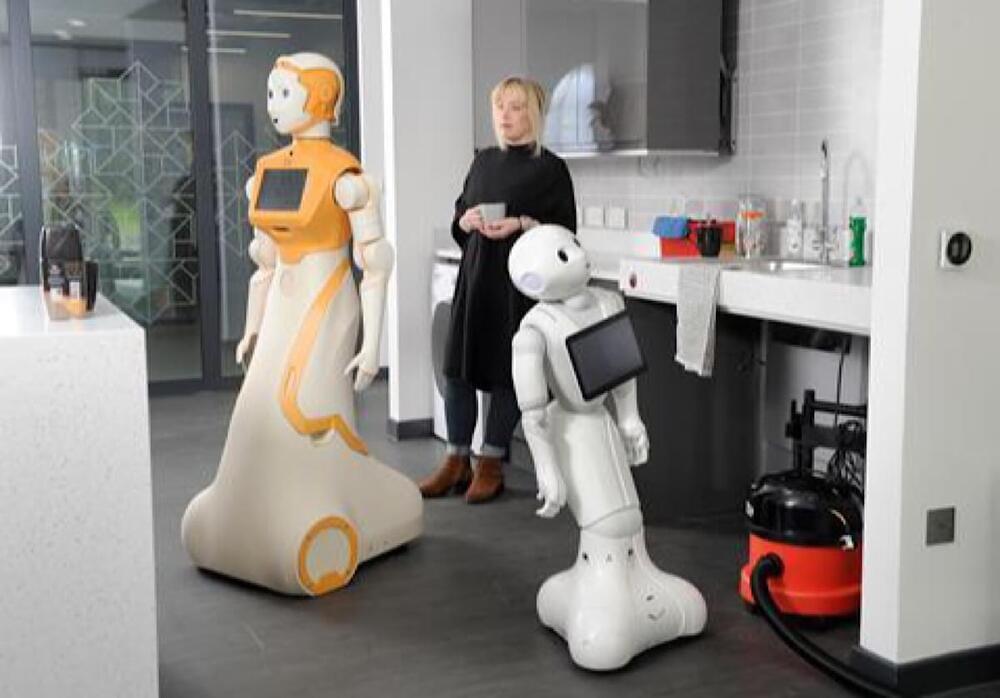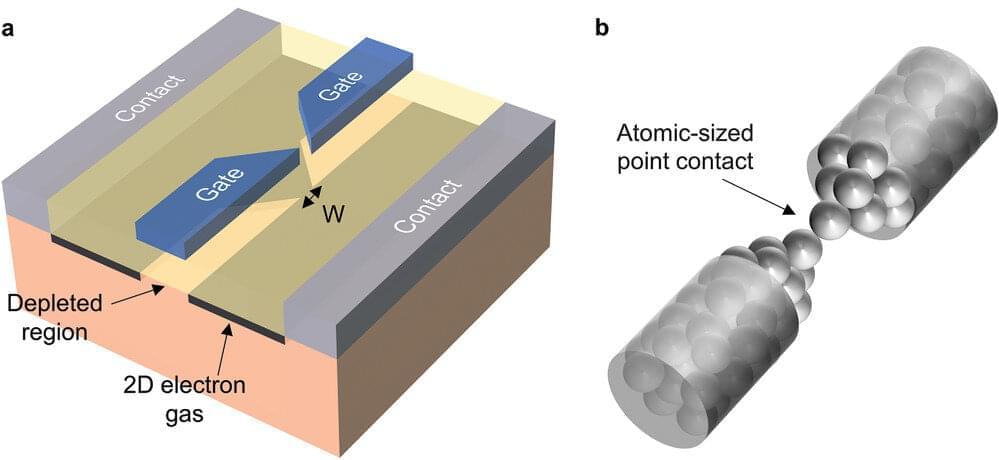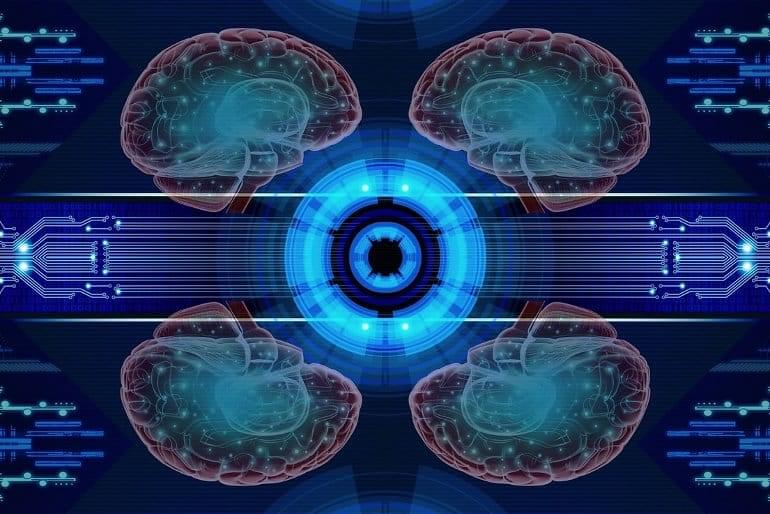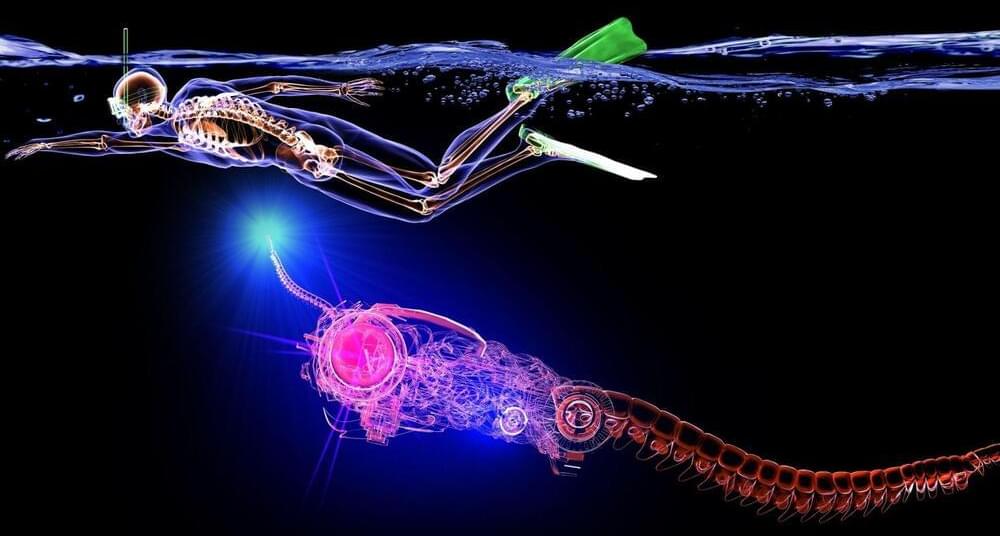
Category: robotics/AI – Page 1,467


Robotics and AI: The future of designing for assisted living
The National Robotarium at Heriot-Watt University is focused on the development and testing of robotics and AI solutions By Hollie Tye Designing and manufacturing assisted living technologies, Pressalit were asked to contribute to the work being carried out by the Ambient Assisted Living Lab (AAL) at Heriot-Watt University Demonstrating how assisted living technologies can help transform lives, solutions […].

Meta Trained an AI on 48M Science Papers. It Was Shut Down After 2 Days
Galactica was supposed to help “organize science.” Instead, it spewed misinformation.
In the first year of the pandemic, science happened at light speed. More than 100,000 papers were published on COVID in those first 12 months — an unprecedented human effort that produced an unprecedented deluge of new information.
It would have been impossible to read and comprehend every one of those studies. No human being could (and, perhaps, none would want to).

Ripe For Disruption: Artificial Intelligence Advances Deeper Into Healthcare
Spiraling costs, closed facilities, capacity issues, staff burnout, staff shortages, lots of chaos — sounds like an ailing industry — and that industry is healthcare. Can artificial intelligence help mend some of the problems faced by hospitals and healthcare providers? There has been progress on that front — not fast enough, but progress nonetheless.
While interest in healthcare AI is high, “the level of acculturation of C-level executives is lagging, especially for organizations that would need it the most — pharmas, medtechs and hospitals,” a recent Capgemini report relates. The problem, the study’s authors relate, is data. “Enhancing the patient care pathway and improving care delivery remain on the top of the organizations’ agendas,” according to the report’s team of coauthors, led by Charlotte Pierron-Perlès. However, only about a third of healthcare organizations surveyed by Capgemini prioritize the availability of patient information. “We do not see major progress from 2021 [the year of the previous study].”
The good news is that many healthcare providers are stepping up their AI work. “The healthcare industry is now starting to implement AI and machine learning solutions at increased scale and sophistication,” says Tony Ambrozie, CIO at Baptist Health South Florida. “AI and machine learning will augment their ability to make sense of the vast amounts of data available.”

AI system MinD-Vis decodes images from MRI scans
A new AI system reconstructs images from MRI data two-thirds more accurately than older systems. This is made possible by more data and diffusion models.
Can AI models decode thoughts? Experiments with large language models, such as those by a Meta research group led by Jean-Remi King, attempt to decode words or sentences from MRI data using language models.
Recently, a research group demonstrated an AI system that decodes MRI data from a person watching a video into text describing some of the visible events.

Quantum effects in memristive devices
At the nanoscale, the laws of classical physics suddenly become inadequate to explain the behavior of matter. It is precisely at this juncture that quantum theory comes into play, effectively describing the physical phenomena characteristic of the atomic and subatomic world. Thanks to the different behavior of matter on these length and energy scales, it is possible to develop new materials, devices and technologies based on quantum effects, which could yield a real quantum revolution that promises to innovate areas such as cryptography, telecommunications and computation.
The physics of very small objects, already at the basis of many technologies that we use today, is intrinsically linked to the world of nanotechnologies, the branch of applied science dealing with the control of matter at the nanometer scale (a nanometer is one billionth of a meter). This control of matter at the nanoscale is at the basis of the development of new electronic devices.
Among these, memristors are considered promising devices for the realization of new computational architectures emulating functions of our brain, allowing the creation of increasingly efficient computation systems suitable for the development of the entire artificial intelligence sector, as recently shown by Istituto Nazionale di Ricerca Metrologica (INRiM) researchers in collaboration with several international universities and research institutes.
WOW! Traveling In The Future Will Be A Delight!
How will transportation look like in the future? In today’s video we take look into the Future of Transportation and explore some amazing technologies that will revolutionize how we travel in the future. There has been no denying that for several years in the past, the world has been undergoing massive changes, thanks to the advancement in technology. However, when it comes to transportation, the changes have not been that large. Transportations method such as cars, trains, ships, and planes have improved somewhat in functionality over time, but since their creation, they have in large part stayed the same.
In this video, we will unveil some amazing future transportation technologies that without a doubt will absolutely blow your mind!
The technologies we look at in today’s video include Earth-to-earth rockets, which will let you travel from one side of the earth to the other in less than 1 hour. This technology utilizes the famous Starship from Elon Musk’s SpaceX. We then move on to Hyperloop Systems, which is a cutting-edge new technology that makes use of a vacuum-sealed tube to send passengers or freight at high speeds. This concept was also introduced by Elon Musk, but through the company ironically named as The Boring Company. Further, we explore Fully Autonomous Vehicles, and in more in depth — into the various level of autonomation available today and what will be there in the future.
The video also covers Flying Taxis and Hypersonic Air Travel. The flying taxis, like the ones being constructed by Volocopter, is a new transportation method that could take the world by storm in the future. The same goes for hypersonic air travel that will let passenger again take to the sky in hypersonic aircraft similar to the Concord in the past, only much safer and considerably faster.
Another transportation technology covered is Magnetic Levitation Trains, which is a type of high-speed ground transportation technology that uses magnetic fields that lets the train levitate and move without making contact with the ground.
#Future #Transporation #Technology.
Why This Breakthrough AI Now Runs A Nuclear Fusion Reactor | New AI Supercomputer
Deep Learning AI Specialization: https://imp.i384100.net/GET-STARTED
Nuclear fusion researchers have created a machine learning AI algorithm to detect and track the existence of plasma blobs that build up inside the tokamak for prediction of plasma disruption, the diagnosis of plasma using spectroscopy and tomography, and the tracking of turbulence inside of the fusion reactor. New AI supercomputer with over 13.5 million processor cores and over 1 exaflop of compute power made be Cerebras. A new study reveals an innovative neuro-computational model of the human brain which could lead to the creation of conscious AI or artificial general intelligence (AGI).
AI News Timestamps:
0:00 Breakthrough AI Runs A Nuclear Fusion Reactor.
3:07 New AI Supercomputer.
6:19 New Brain Model For Conscious AI
#ai #ml #nuclear

Artificial Neural Networks Learn Better When They Spend Time Not Learning at All
Summary: “Off-line” periods during AI training mitigated “catastrophic forgetting” in artificial neural networks, mimicking the learning benefits sleep provides in the human brain.
Source: UCSD
Depending on age, humans need 7 to 13 hours of sleep per 24 hours. During this time, a lot happens: Heart rate, breathing and metabolism ebb and flow; hormone levels adjust; the body relaxes. Not so much in the brain.

The fastest swimming soft robots look like a butterfly and work like a hair clip
These soft robots can do the butterfly stroke.
A team of scientists at North Carolina State University (NCSU) has developed two butterfly-shaped soft robots capable of swimming at 1.70 and 3.74 body lengths per second (BL/s). They are being referred to as the fastest swimming soft machines in the world because until now, soft robots were known to swim at a maximum speed of one body length per second.
Devrimb/iStock.
One of the authors and the associate professor at NCSU, Jie Yin told IE, “The connection has not been built until my kids went to the swimming school and learned the butterfly stroke. The butterfly stroke is a very fast swimming technique that requires an undulating body and also rotating and flapping arms.”